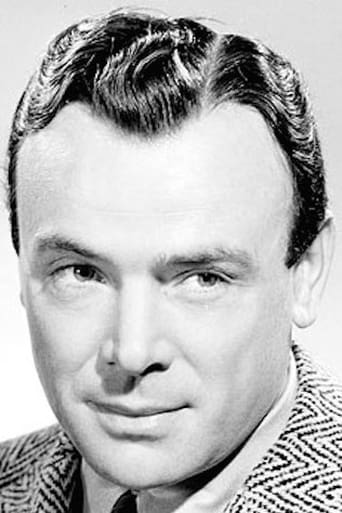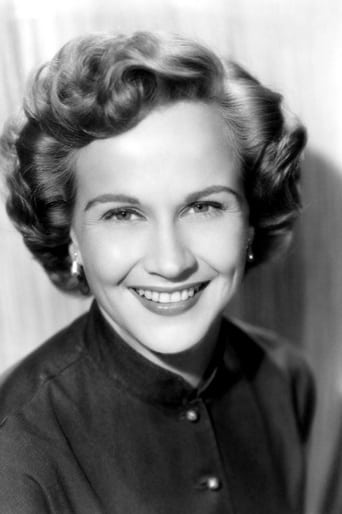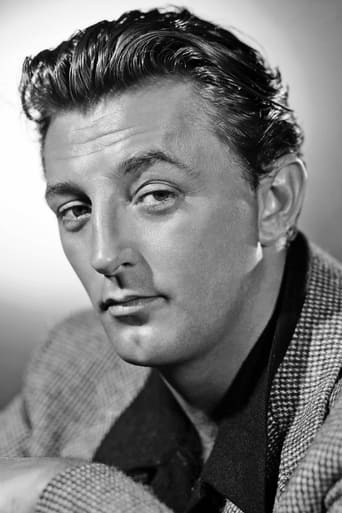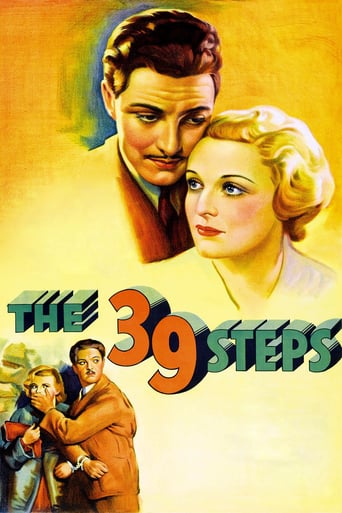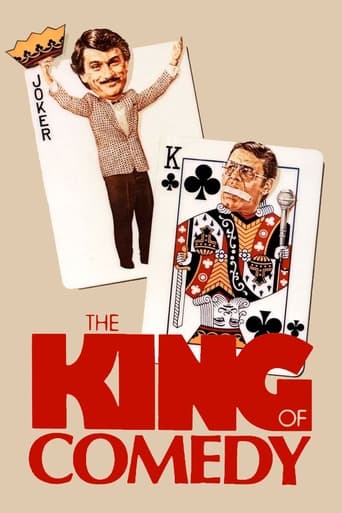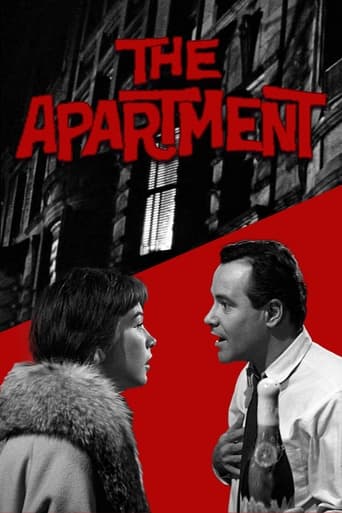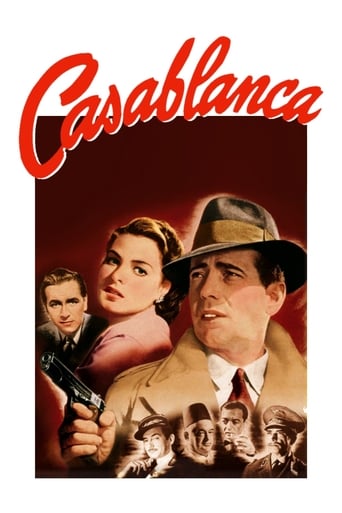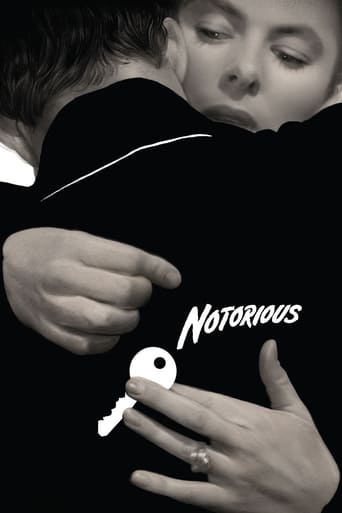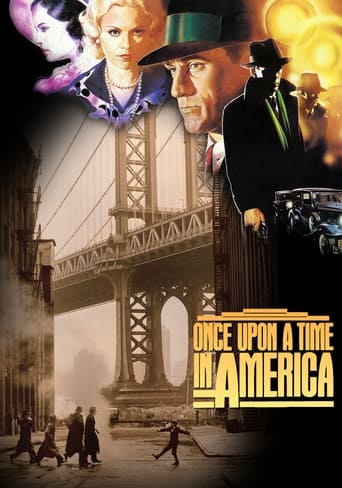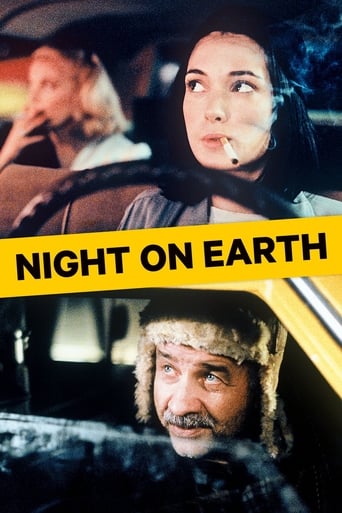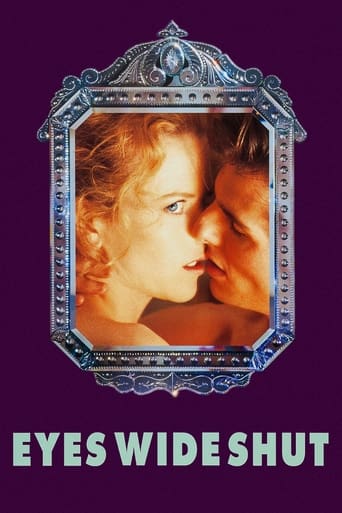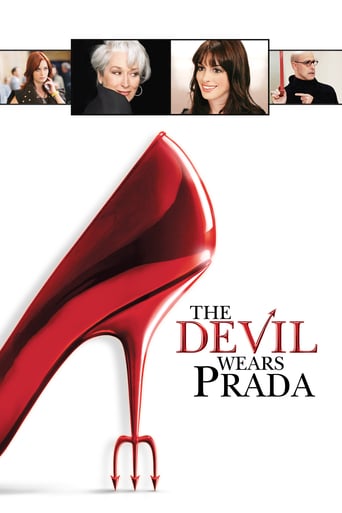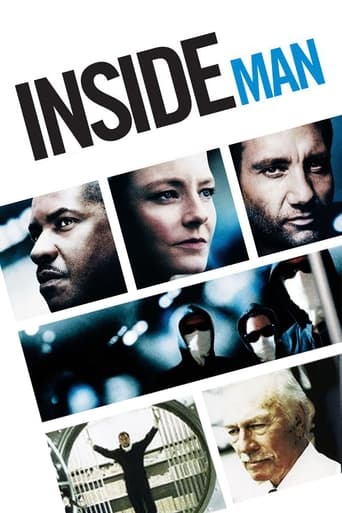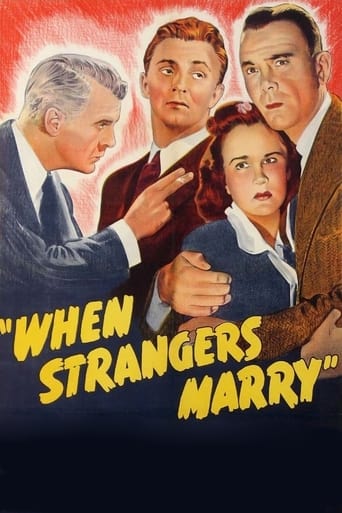

When Strangers Marry (1944)
A naive small-town girl comes to New York City to meet her husband, and discovers that he may be a murderer.
Watch Trailer
Cast


Similar titles
Reviews
"When Strangers Marry" (not "When Cousins Marry" like the poster in the musical 'The Producers') is a good 1944 noir directed by William Castle starring Robert Mitchum, Kim Hunter, Dean Jagger, and Neil Hamilton.Hunter plays Mildred, who could have had Robert Mitchum but instead marries Dean Jagger after knowing him for four months and seeing him three times. Jagger was attractive, but I know whom I would have chosen. Millie's new husband, Paul, is supposed to meet her in New York City after their wedding, but when he doesn't show, she panics. An ex-beau, Fred (Mitchum) is also at the hotel and takes her to the police so that she can report him. Seems he left Philadelphia on the same date as the Silk Stocking Murder, so the police want to know more about him. When Paul does show, he acts mysteriously. Millie becomes frightened, but she's torn by her love for him.Though it's from poverty row Monogram Studios, Castle gives us an atmospheric movie with neat images. I know people have compared it to "Seventh Victim," a Val Lewton film, but some of it reminded me of the Jacques Tourneur "Cat People," particularly the photo used for the poster. The second-last scene is fantastic.The film's New York City references are a little off. It's not Bleeker Street and 7th Street, it's Bleecker Street and 7th Avenue; and why the car taking passengers to Louisville KY goes through Harlem instead of the other way is anyone's guess. But it gives us a great scene.Tense, exciting, with good performances and surprisingly short "When Strangers Marry" is highly recommended.
Only one year after The Chance, William Castle was developing his stylistic system with leaps and bounds. The opening scene of When Strangers Marry demonstrates creative blocking and staging. The mysterious big man at the bar has his back squared up to the camera but you will notice his shoulder slightly blocks out the front of the bartender's face. This is a nice touch in the directing to emphasize the physical size and thus ominous presence of the mystery man. This kind of technique greatly supports plot progression in focusing the line of questioning of the spectator immediately onto the identity of the unknown figure. Castle also explores the abilities and utility of mobile framing. The effect is not only solid construction of space but also formation of an energy and dynamism in directing that can translate to the mise-en-scene and diegetic world. Castle also defies other crutches of "B" status films through adhering to elements of continuity. Certain scenes involve hi-key lighting setups framing characters in closeup and in these shots, Castle is consistent in providing diegetic light sources that match up. A nice touch. Another nice touch is something out of the Jean Renoir book (high praise for Castle) when the depth of field and deep staging of certain scenes allows characters seen in the distance through apartment windows to contribute to the progression of the plot in a casual and realistic manner. Some Castle tropes get an early treatment in this film. The "Silk Stocking Murder" begs many questions, not the least being one about why the audiences were not provided with a gimmicky pair of stockings on their way into the theatre. Castle frames a clock which is a popular trope of his. He also makes an appearance in the film (through a framed photo) and becomes an integral part of the plot itself as opposed to holding mere decorative function. Castle's photo might be considered one of his early gimmicks and is certainly connected to my own thesis about his impresario directing playing on the enframing and "4th Wall" of screen-spectator identification. This interplay of interiority and exteriority runs throughout the film from the sequence at Coney Island (great montage) with the carny barker to the couple "taking in a movie". More Castle developments can be mentioned... the floating heads made a regular appearance in his famous gimmick horror films as well as the oblique framing of shadows. It is difficult to understand how Castle became stymied with primitive stylistic systems while he so crisply demonstrated a full understanding of who he was to become as a director in When Strangers Marry. And the film received high critical praise. This confounds me. The one Castle prerequisite element that I could do without however is the plot contrivances (shoot the scenarists and producers as well). Strangers has its fair share of contrivance from convenient gaps in the blasting of street music (just close the window!) to a missing persons report being filled with a homicide detective. The ending has a twist but is contrived and a little too cute for this reviewer. All in all, one of the superior directing efforts by Castle and an engaging film overall.
Film noir at the time wasn't the solid genre we can identify in retrospect, and didn't even have the name yet, but there were many semi-conscious efforts like this. It is wholly ordinary in the long run, probably echoing the previous year's Shadow of a Doubt; she has married a man who is really a stranger to her and may be the killer sought by police.The interesting thing is getting to identify strange dreams filmmakers were having and weren't quite sure what about. One thing was for sure; anxiety in the air, a sense of hidden machinations behind the world.Two aspects strike some spark here, both better refined elsewhere but worth mentioning.Fluid identities; there is a second man involved, also a salesman, the same build, same height, same suit as who police are looking for, also vying for affections of the innocent country-girl fresh to New York, who might have been the husband if a letter had reached her in time. Both men are worldly and have a hint of darkness in the eye, between them is the wide-eyed girl, eager to love and trust, but suspecting something is not quite right here and this is not the same kind of life as back in Ohio.The second is synchronous overlaps; this is where reality acquires shades of meaning based on internal life the viewer knows. Look for the scene where she opens the blinds in her hotel room to the New York night and a neon sign flashes 'DANCE' in her face. Swing music reaches out to her from somewhere, suddenly a phone rings but she can't quite make out what is being said to her.The rest is a lot of wandering in and out of hotels, bus stations, cars, court-rooms, and even a black joint in Harlem. But is exhaustive, lacking any structure beyond attempts for a desperate getaway.Also notice the montage of superimposed shots from around New York; this would have been an avant-garde flourish 15 years ago, here it has saturated as low as a Monogram b-movie.
Millie (Kim Hunter) travels to New York to meet with her husband Paul (Dean Jagger). However, he does not show up for a while and when he eventually does, he seems to mysteriously keep disappearing again. Millie's ex-lover, Fred (Robert Mitchum) is also in town and he keeps a look-out over Millie as she tries to discover who the man is that she has married. She had only met Paul 3 times before they tied the knot. Fools! Playing alongside this mystery is the police investigation of the "silk stocking murder" in which a very annoying Sam Prescott (Dick Elliott) had been rightfully murdered in his hotel room. Can the police get their man and can Millie find happiness? The film moves at a swift pace and contains some nice shots and good atmosphere, eg, the Harlem club that Paul and Millie slip into while on the run together. There are a few liberties that are taken with the plot, eg, the cab driver who suspects Paul of being the "silk stocking murderer". Why would he think that when there is such a vague description of the killer that is released to the public (he's a tall man)? We watch to discover the identity of the killer and we are sold a couple of red herrings along the way.The acting is alright, nothing great but Mitchum's acting loses it completely in the scene by the mail-chute. Watch out for an appearance by Rhonda Fleming at the film's ending where the cycle seems to be starting all over again.


